Early Career Scientist Spotlight
Dr. Maryam Rahmani (she/her/hers)
Spectroscopist
Observational Cosmology Laboratory (665)
What science questions do you investigate?
The science of spectroscopy is concerned with the interaction between matter and electromagnetic radiation. In other words, this is the study of how electromagnetic waves are absorbed by matter. As a spectroscopist working in the Far-Infrared (Far-IR) Lab of the Observational Cosmology Laboratory in the Astrophysics Division at NASA Goddard, my research investigates the evolution of galaxies and the intergalactic medium (IGM) from redshift 3.5 to the present which makes a redshift equal to zero. Redshift in astronomy refers to the phenomenon of light from distant objects, such as galaxies, appearing redder than expected due to the expansion of the universe, which stretches the wavelength of light on its way toward us. The higher the redshift, the farther away and older the object is likely to be, since light from distant objects takes longer to reach us and is more strongly redshifted due to the expansion of the Universe.
One of the key questions I explore is why the star formation rate (SFR) has dropped by an order of magnitude since redshift 3. This drop in star formation rate could be due to a variety of factors such as the exhaustion of gas supply or feedback from supermassive black holes. To study this, I use the line intensity mapping method to measure the emission from the carbon and carbon monoxide (CII and CO) lines, which are key tracers of star-forming gas in galaxies. Line intensity mapping is a promising tool for probing the epoch of reionization, the era when the first galaxies and black holes formed and ionized the intergalactic medium, as well as for constraining cosmological parameters and testing theories of galaxy formation and evolution. This allows me to map out the large-scale distribution of gas and allows me to study the impact of galaxy formation/evolution on the IGM. To achieve this, I design, fabricate, measure, and test superconductive spectrometers in a cryogenic system using microwave kinetic inductance detectors (MKID). This technique allows me to achieve high sensitivity and spectral resolution, which is crucial for detecting and characterizing faint signals from distant galaxies. By studying the evolution of galaxies and the IGM, I aim to deepen our understanding of the universe and the processes that have shaped it over billions of years.
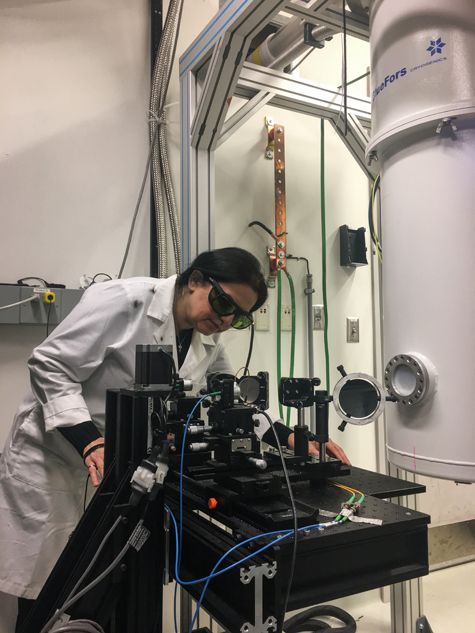
Credit: Maryam Rahmani
How did you end up working at NASA Goddard?
Since my childhood, I have always harbored a strong desire to work at NASA, inspired by my avid consumption of news articles, books, and movies centered on space exploration, galaxies, and the universe. This fueled my pursuit of higher education in engineering, which eventually led me to present my research at the Institute of Electrical and Electronics Engineers (IEEE) International Conference on Wireless for Space and Extreme Environments in 2015, where I had the chance to interact with representatives from NASA, the Canadian Space Agency, the European Space Agency, and other space agencies. As an F1 student visa holder from a designated country, I had initially believed that securing an internship or postdoc opportunity at NASA was a pipe dream. However, during the conference, I engaged with a NASA representative who shared with me a poignant quote from the late Leonard Cohen's "Anthem," which posits that despite life's imperfections, hope springs eternal, and there is “… a crack in everything. That’s how the light gets in”. The representative encouraged me to find the crack in the wall and pursue my dream relentlessly. Beginning in 2016, I began applying for various NASA Postdoctoral Program (NPP) opportunities, submitting nine proposals to different centers before my tenth application (proposing to work at NASA Goddard on the Experiment for Cryogenic Large-aperture Intensity Mapping (EXCLAIM) mission) was astonishingly accepted, coinciding with my acquisition of US residency.
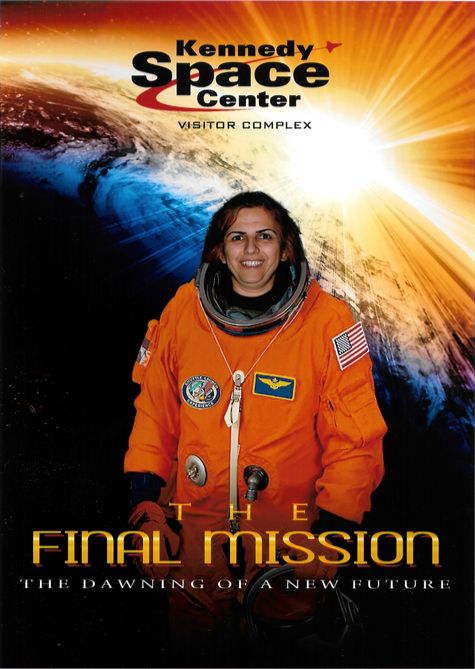
Credit: Kennedy Space Center tour photographer
What skills are most useful to you in your work, and where did you develop those skills?
During my academic journey, I was fortunate to have exceptional math and physics instructors who helped me develop a strong foundation and skillset for tackling challenging problems in these subjects. Their guidance motivated me to take additional courses in the Physics and Mathematics departments, supplementing my pursuit of a Ph.D. in Electrical Engineering. As a result, I earned two minors in Physics and Mathematics in conjunction with my doctoral degree, which has proven to be invaluable when confronting novel research problems.
In addition to my academic pursuits, coding has become an essential skill that I frequently utilize in my research. I continuously seek to expand my knowledge of programming languages to enable me to communicate with measurement instruments and equipment, automate measurements, and reduce the potential for human error, thereby accelerating testing procedures. It is crucial to understand programming algorithms, as various programming languages function like different human languages. By mastering multiple languages, learning subsequent ones becomes substantially easier.
Tenacity is yet another trait that I rely on regularly in my work. It is an attribute that enables me to tackle and complete even the most difficult tasks. I am convinced that computer games will play an essential role in the future, particularly as virtual/augmented reality, artificial intelligence, machine learning, and data analysis continue to take center stage. Coordinately, learning computer games and game theory is essential for anyone seeking to remain competitive in this field.
Finally, I believe that everyone should strive to acquire new skillsets in areas of personal interest, such as music, art, writing, sports, cooking, and beyond. By constantly seeking to broaden our horizons, we can foster intellectual and personal growth while keeping our minds engaged and invigorated.
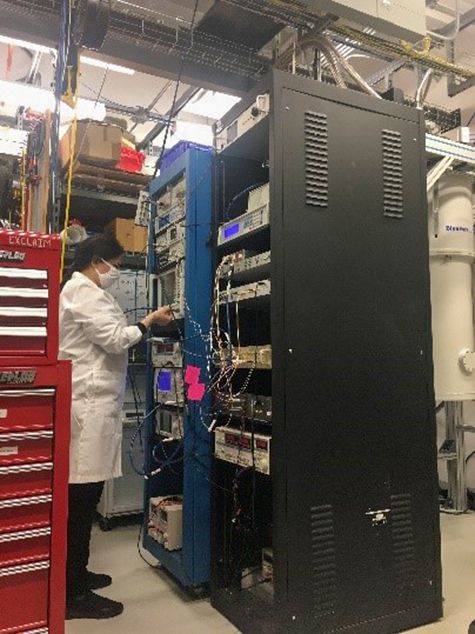
Credit: Maryam Rahmani
What does a typical day at work look like for you?
Upon commencing my program during the pandemic, I began attending the center in early March, 2022. At that time, the premises were desolate, and I was temporarily assigned to an unoccupied room which boasts a captivating view. This picturesque vista serves as a source of motivation for me to come to work, and I take great pleasure in observing the breathtaking sunrise whilst I work. I prefer to start my work early in the morning, as I feel that these hours are more productive than those of a late start.
On days where testing is required, I proceed directly to the lab and begin with the necessary tasks, such as measuring the pressure and temperature of the cooling system, known as the dilution refrigerator, before running measurements on Python notebooks. The specific measurements that are conducted depend on the requirements of our team. For instance, I may perform a photomixer measurement to optically characterize the spectrometer (u-Spec) or conduct a dark measurement to characterize the superconducting resonators, Microwave Kinetic Inductance Detectors (MKID). Additionally, I may perform noise measurements and analysis.
If other tests are already underway in the lab, I will use electromagnetic software such as Ansys HFSS and/or Keysight ADS, and write Python codes to run simulations. Although simulations are typically applied before the design stage, there is often a need for simulations to characterize the spectrometer and the entire system.
Some days are dedicated to fabrication work, during which I mix epoxy to blacken the telescope baffles to prevent stray light from reflecting from various parts of the optical tube of the telescope or other components. This mixture must be handled with extreme care and precision, as it contains SiO, which necessitates the use of an N-95 mask and a fume hood during the mixing process. I then use the vacuum oven to degas and cure the mold.
Other days are reserved for reading documents, writing papers, preparing posters for conferences and workshops, and documenting the system, such as wiring diagrams and procedures. A portion of my time is also spent attending meetings with the team to discuss various topics, such as fabrication, packaging, and testing.
Certainly, on occasion, I participate in conferences, seminars, and workshops related to my field of work. During these events, I have the opportunity to share my knowledge, learn from others, and expand my network of professional contacts.
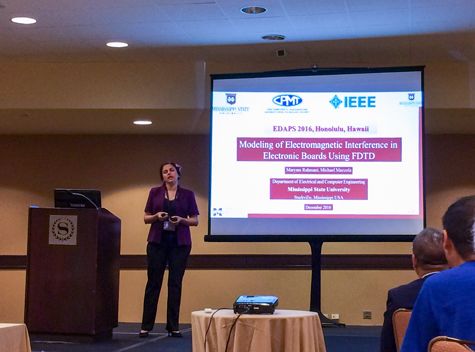
Credit: Saeed Maraee
What early-career advice do you have for those looking to do what you do?
As a devoted listener, I highly recommend Steve Jobs' speech at the University of Stanford to anyone as a must-listen experience. I find these sentences from his speech to be the most inspiring. "Again, you can't connect the dots looking forward; you can only connect them looking backwards. So you have to trust that the dots will somehow connect in your future. You have to trust in something - your gut, destiny, life, karma, whatever. This approach has never let me down, and it has made all the difference in my life.", and "Stay hungry, stay foolish."
As an undergraduate student, I dedicated significant time to attending seminars, book/industrial/job fairs, and scientific activities that were not necessarily related to my field of study. A close friend of mine used to say that "any single piece of information will put you one step forward in your journey of life," and I wholeheartedly agree. The world operates on the principle of action and reaction, and by participating in these events and information sessions, you have the opportunity to interact with different ideas and perspectives, which could result in a game-changing new idea.
It is crucial to embrace new opportunities and listen attentively to others, as they might possess a valuable piece of knowledge that could transform your life. In the end, I strongly encourage everyone to learn and employ their newfound knowledge as much as possible. Explore new skills, languages, and ideas to expand your horizons and enrich your life.
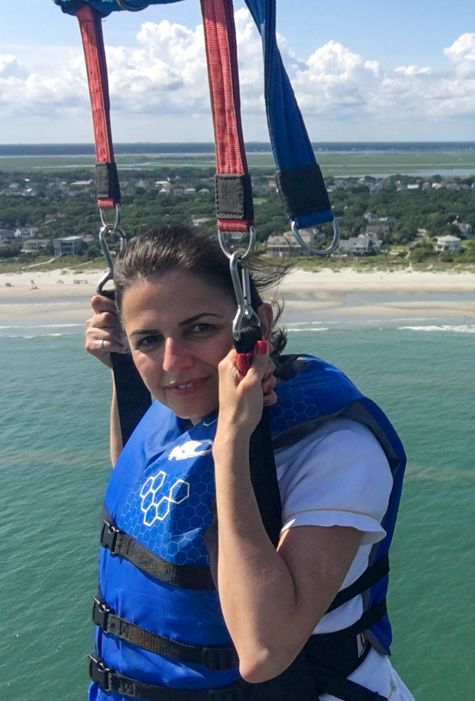
Credit: Saeed Miraee
What is a fun fact about you?
Occasionally, a single idea arises in my mind and I feel compelled to act on it immediately. As an example, during my time as a Ph.D. student, I was tasked with assisting in an annual International Fiesta, a cultural exchange and entertainment event where students and international associations sold food to raise funds. Despite this opportunity to showcase my culinary skills, I was uncertain of what dish to prepare. The night before the event, I remained undecided and went to sleep. However, at midnight, I was suddenly struck with an idea to create a dessert made from wheat and meat with a sweet taste. Without hesitation, I woke up and set to work in a large saucepan, preparing approximately 200 servings. Throughout the entire night, I worked tirelessly to ensure the dish was ready for the event. In the end, my creation proved to be a best-seller, winning the first prize in the dessert category.
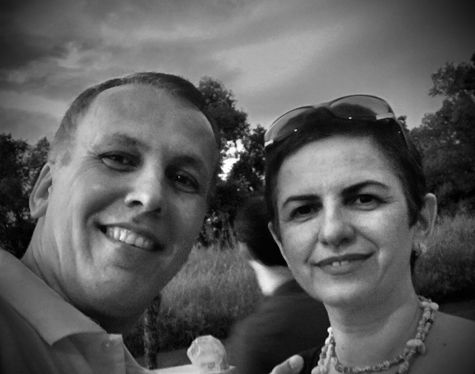
Credit: Saeed Miraee
What do you enjoy the most about your job?
One aspect of my job that I particularly enjoy is the opportunity to collaborate with a team of professional and supportive colleagues, including my knowledgeable supervisor and advisor. Working in a highly respected and scientifically advanced environment such as NASA motivates me to conduct research and strive for excellence in addressing various unexplained phenomena, particularly in the fields of astronomy and space exploration. I find it thrilling to discover new insights about the Solar System, galaxies, and the history of the Universe, as well as to witness the cutting-edge technology utilized in missions to Mars and beyond. Moreover, being located near Washington D.C. provides me with access to a diverse range of cultural and intellectual activities.
As a NASA Postdoctoral Program (NPP) fellow, I am grateful for the unique opportunity to work in such an exciting and challenging environment. I hope to continue my career at NASA beyond the duration of my program, as I am passionate about contributing to the advancement of scientific knowledge and the exploration of the unknown.
Biography
Home Town:
Tehran, Iran
Undergraduate Degree:
B.Sc. in Electronic Engineering, Tehran Azad University, Tehran, Iran
Post-graduate Degrees:
M.Sc. Engineering in Fields and Waves, Amirkabir University of Technology (Tehran Polytechnic), Tehran, Iran
Ph.D. in Electrical Engineering (Minor in Physics, Minor in Mathematics), Mississippi State University, Starkville, MS
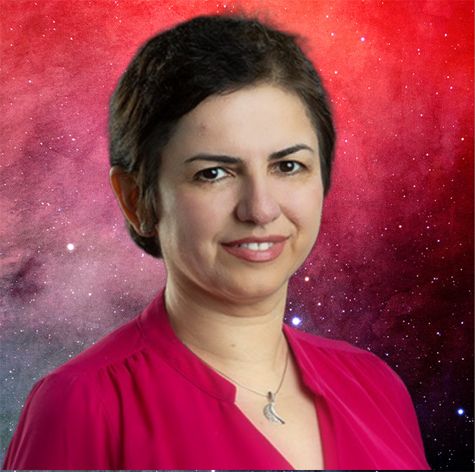
Link to Dr. Rahmani's GSFC Bio
